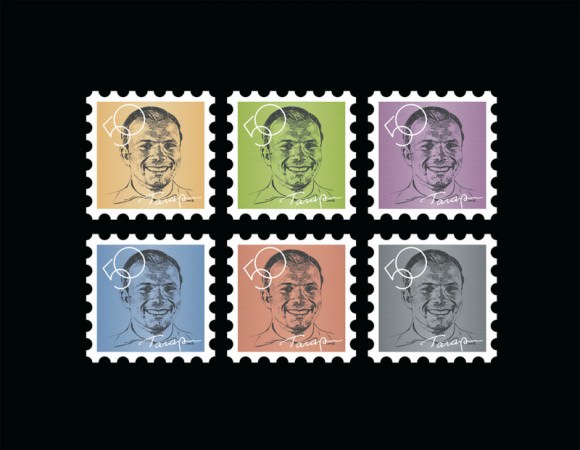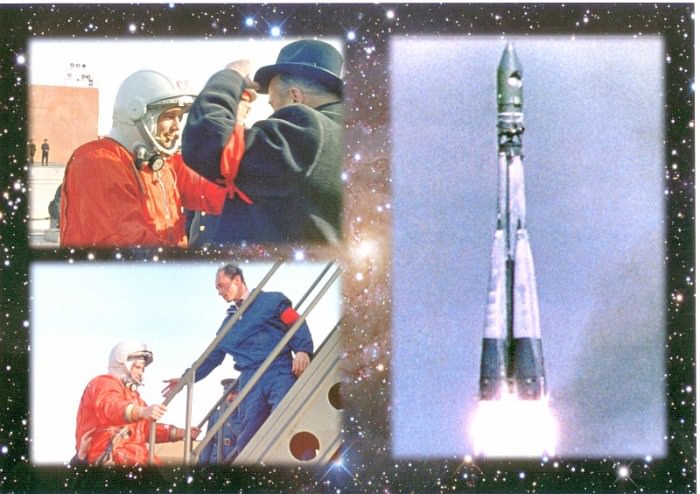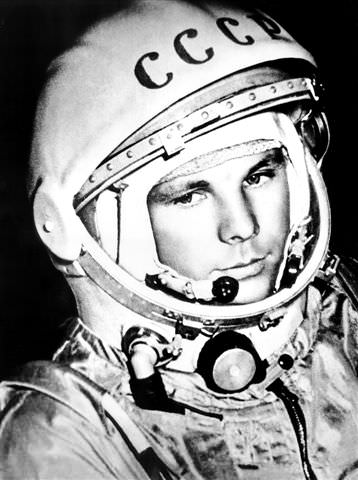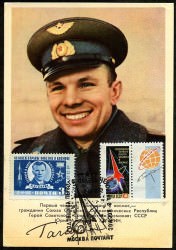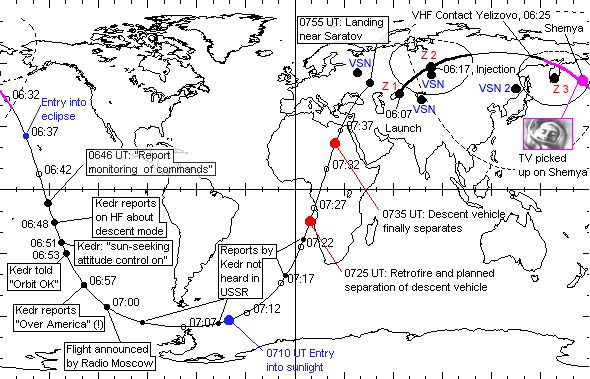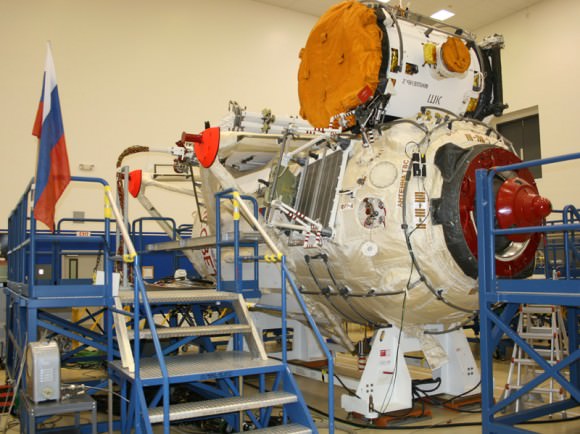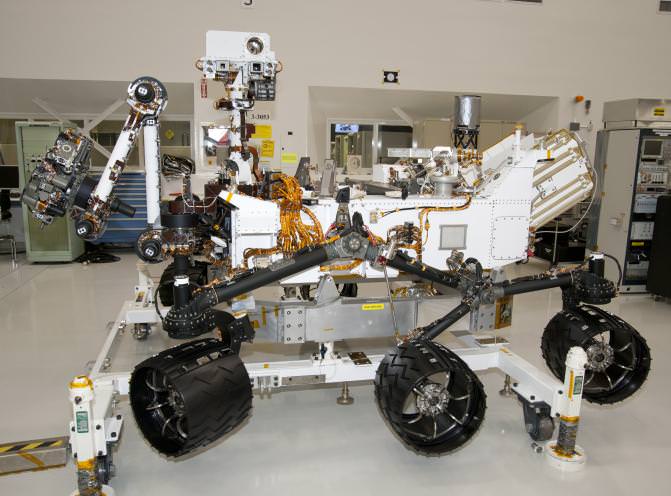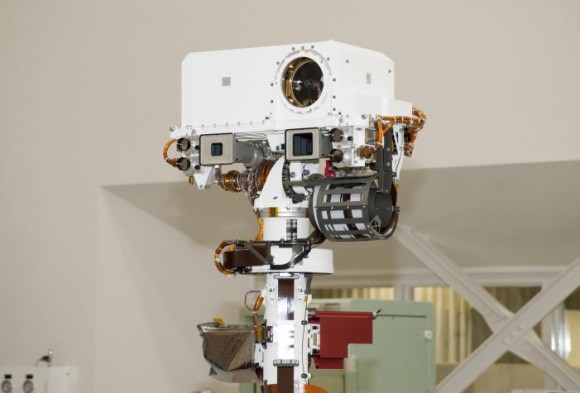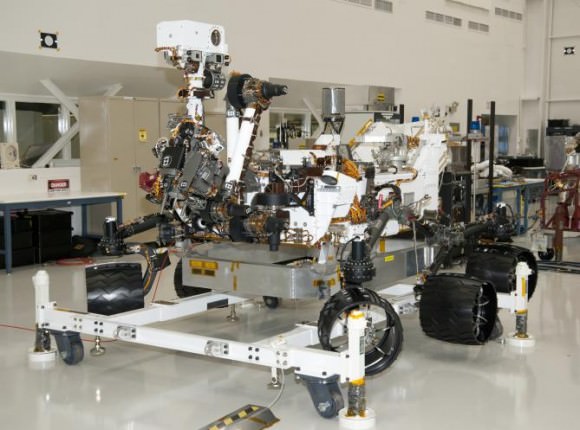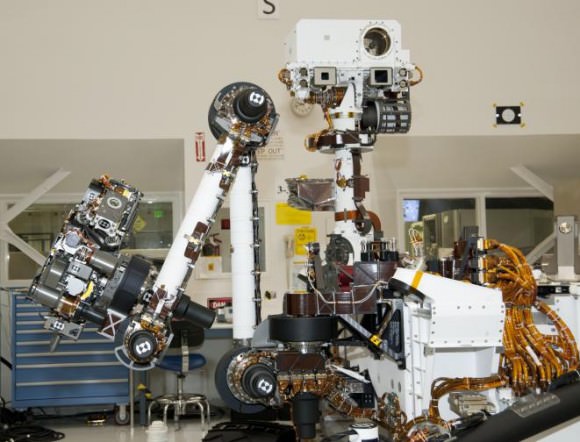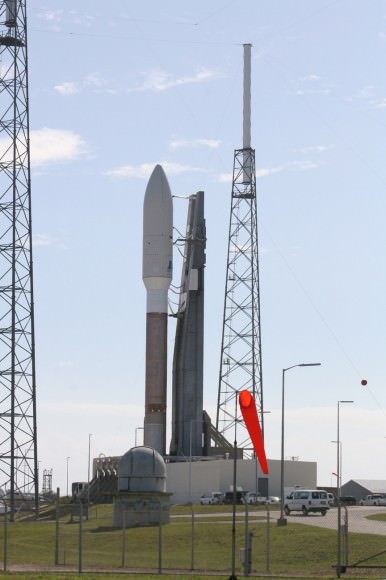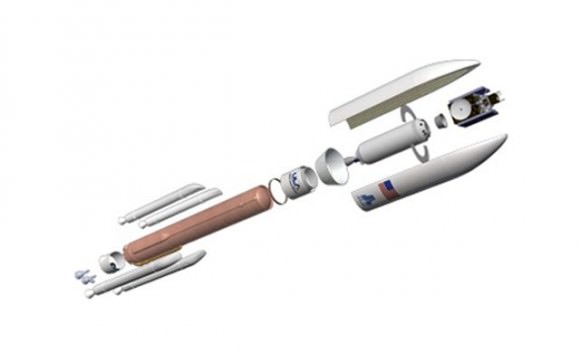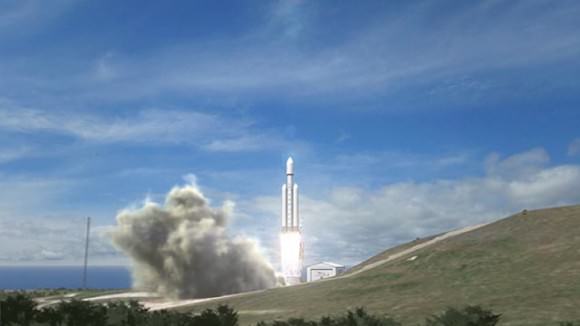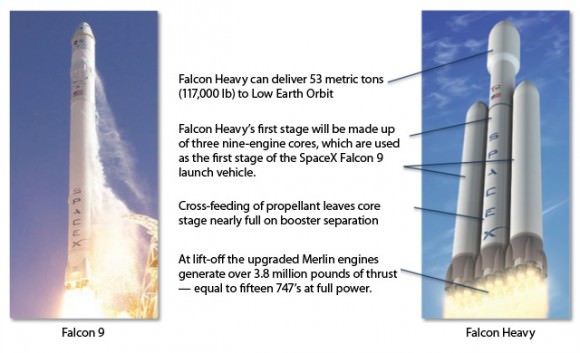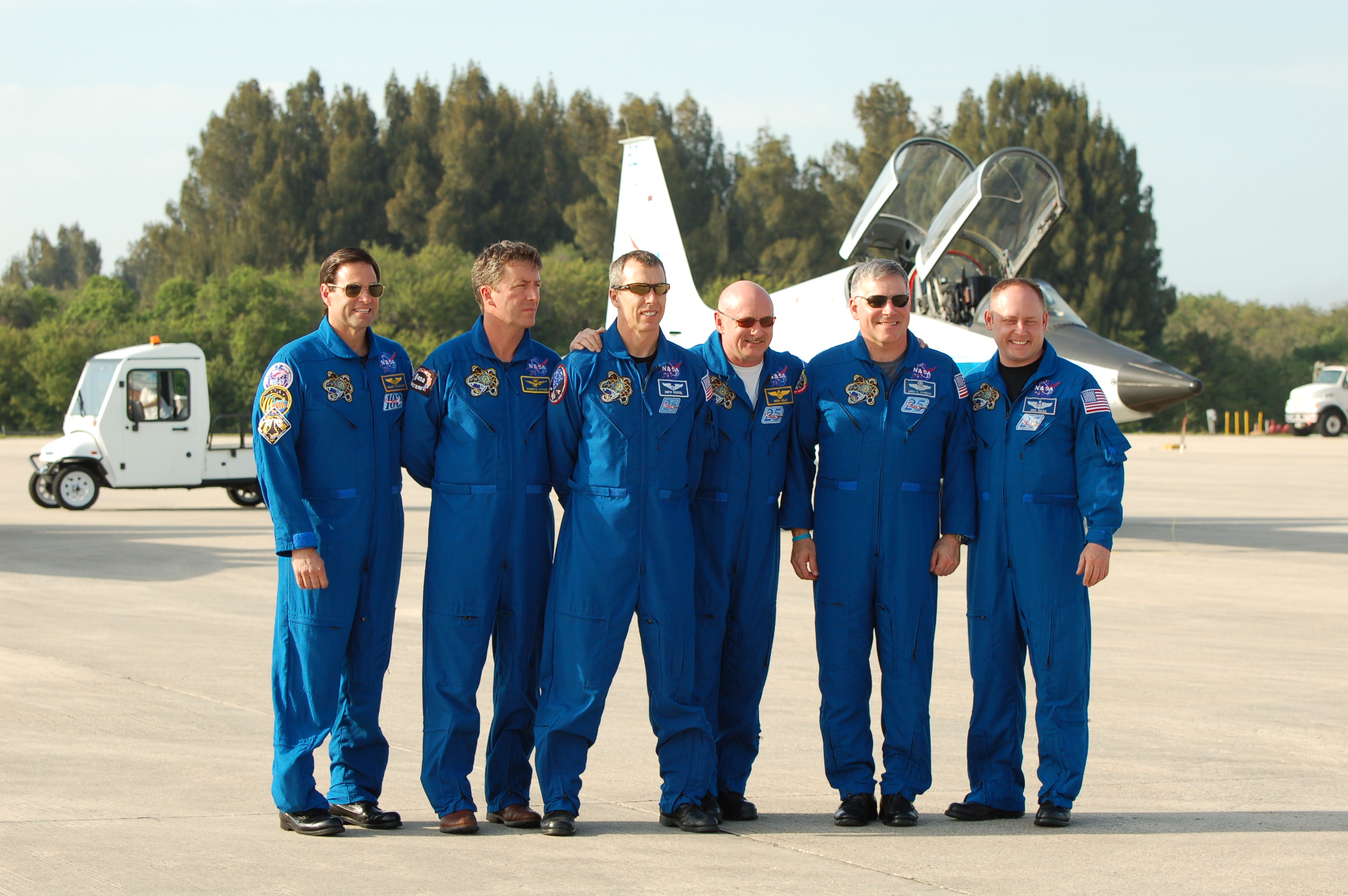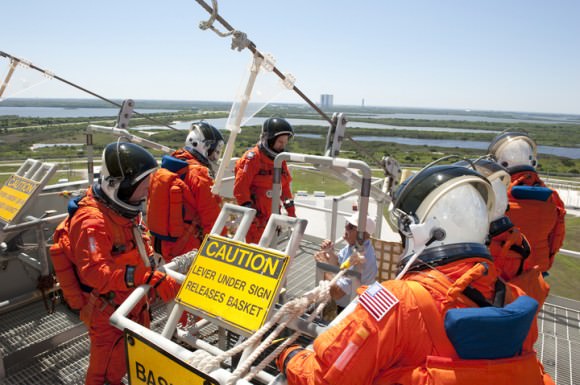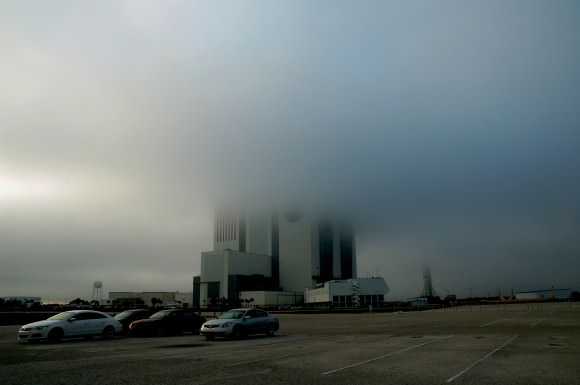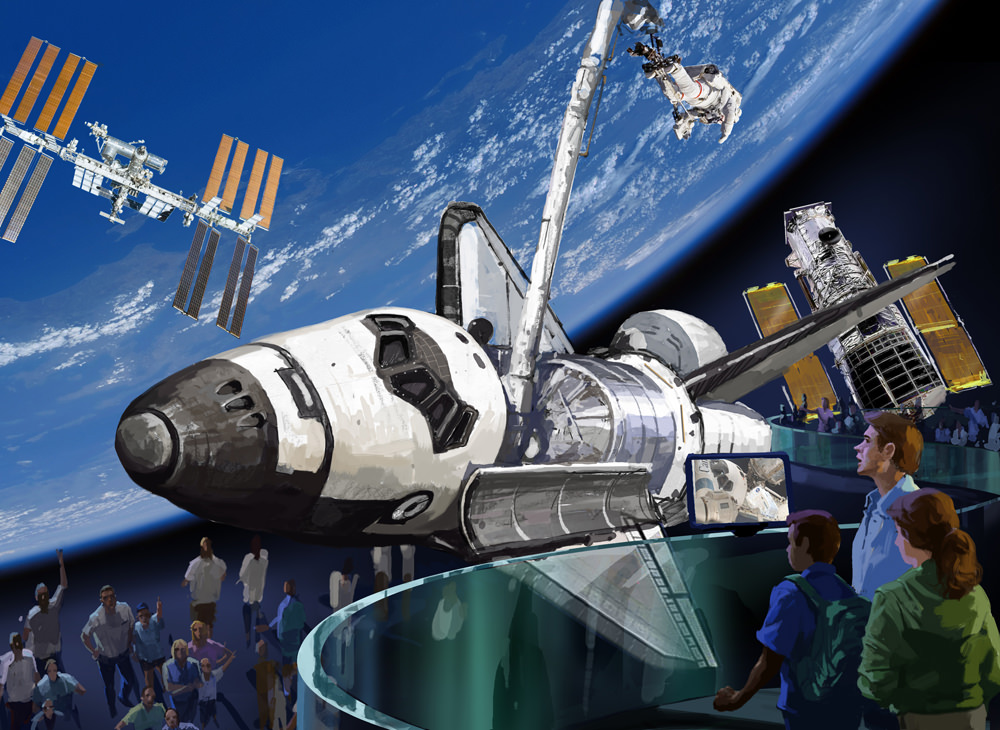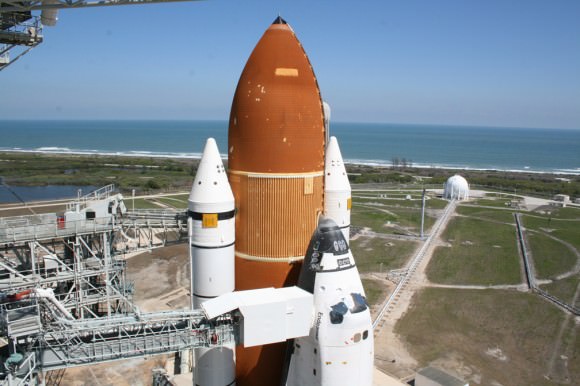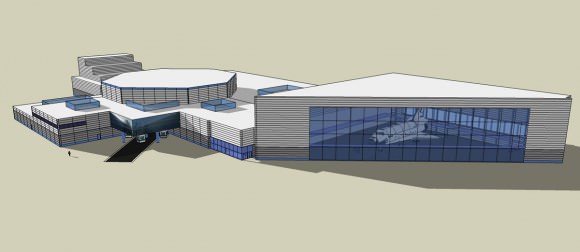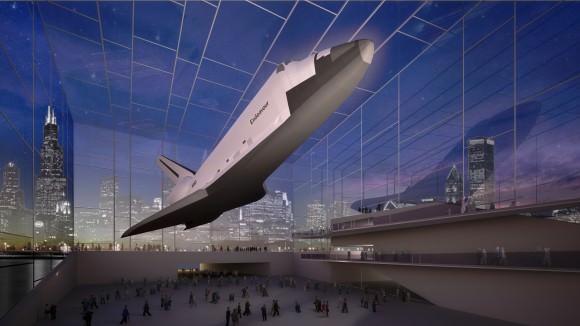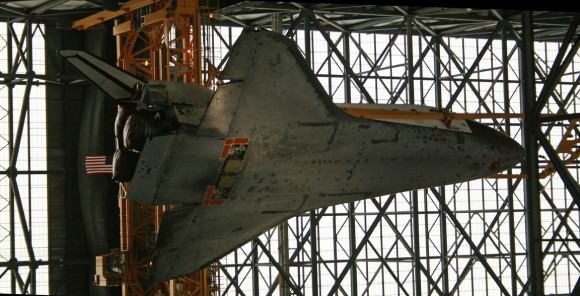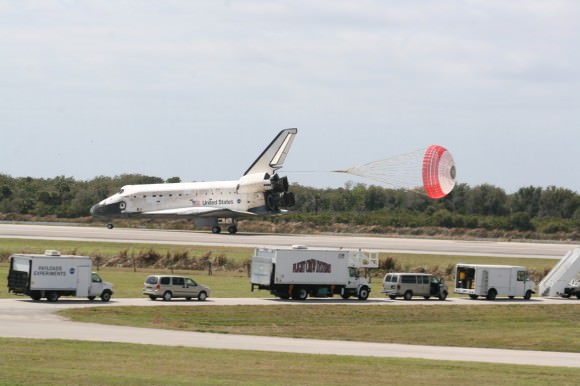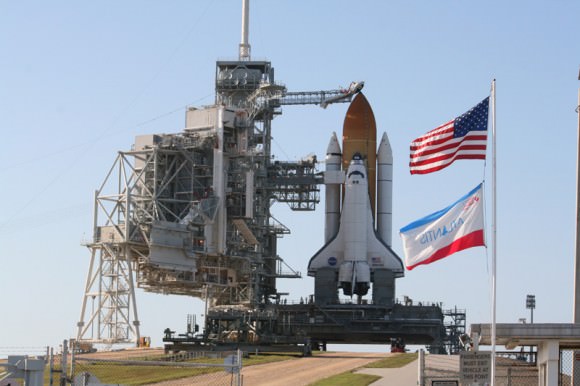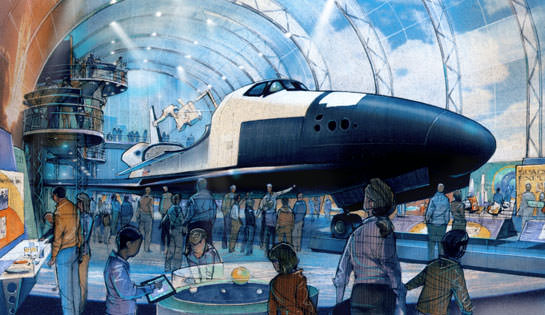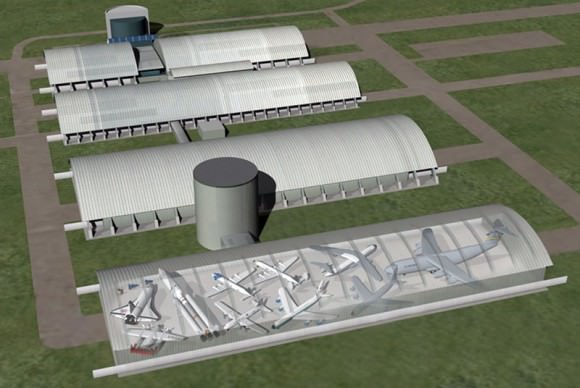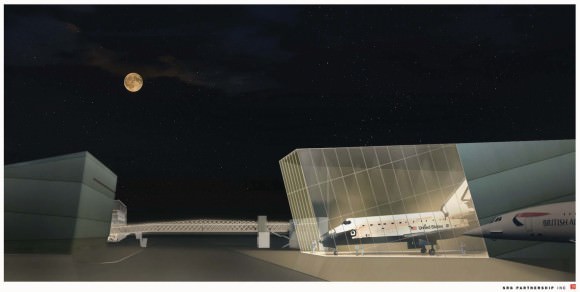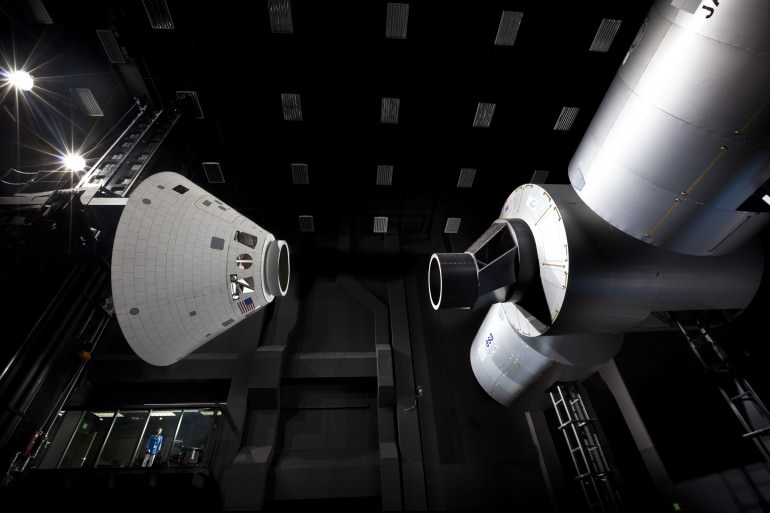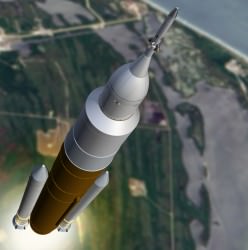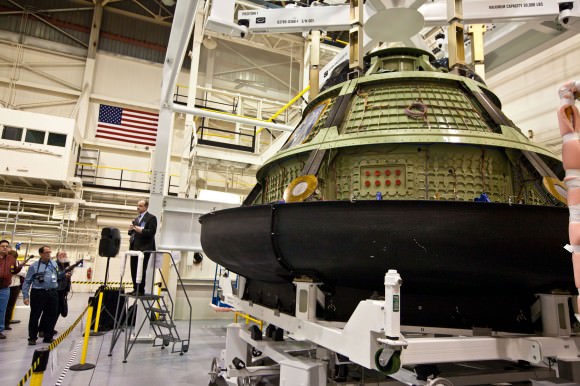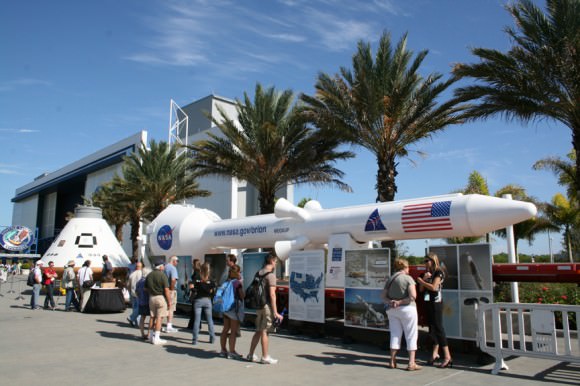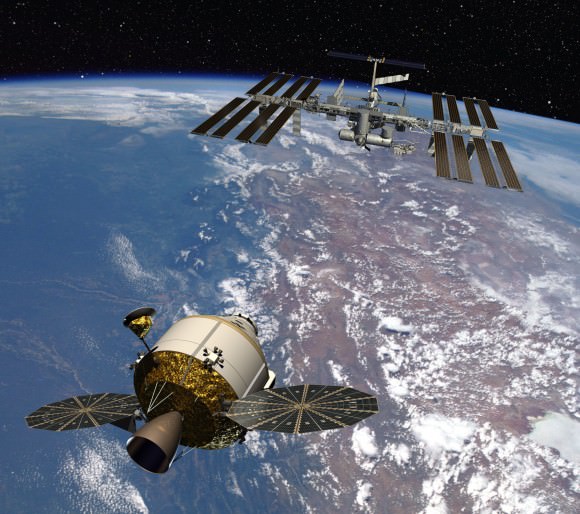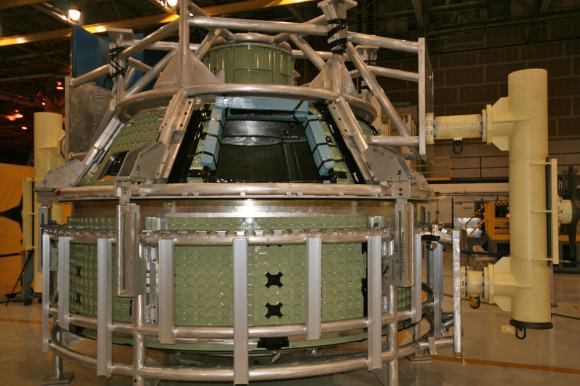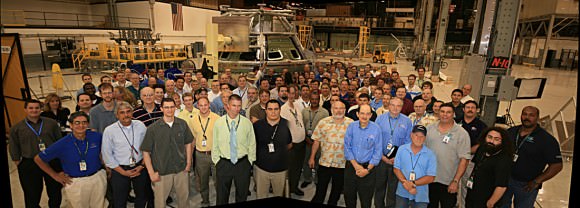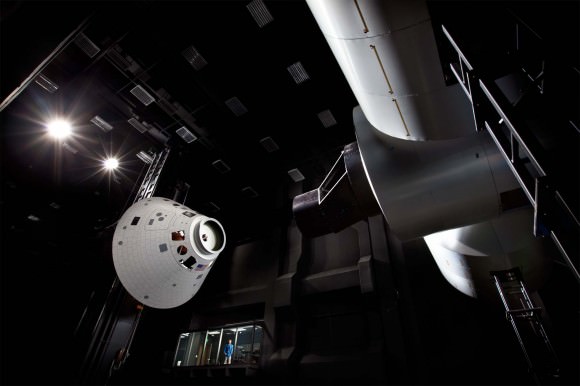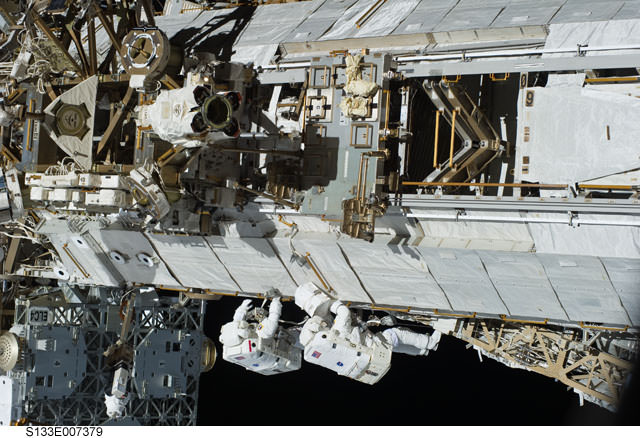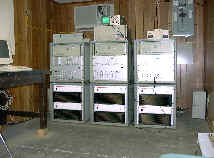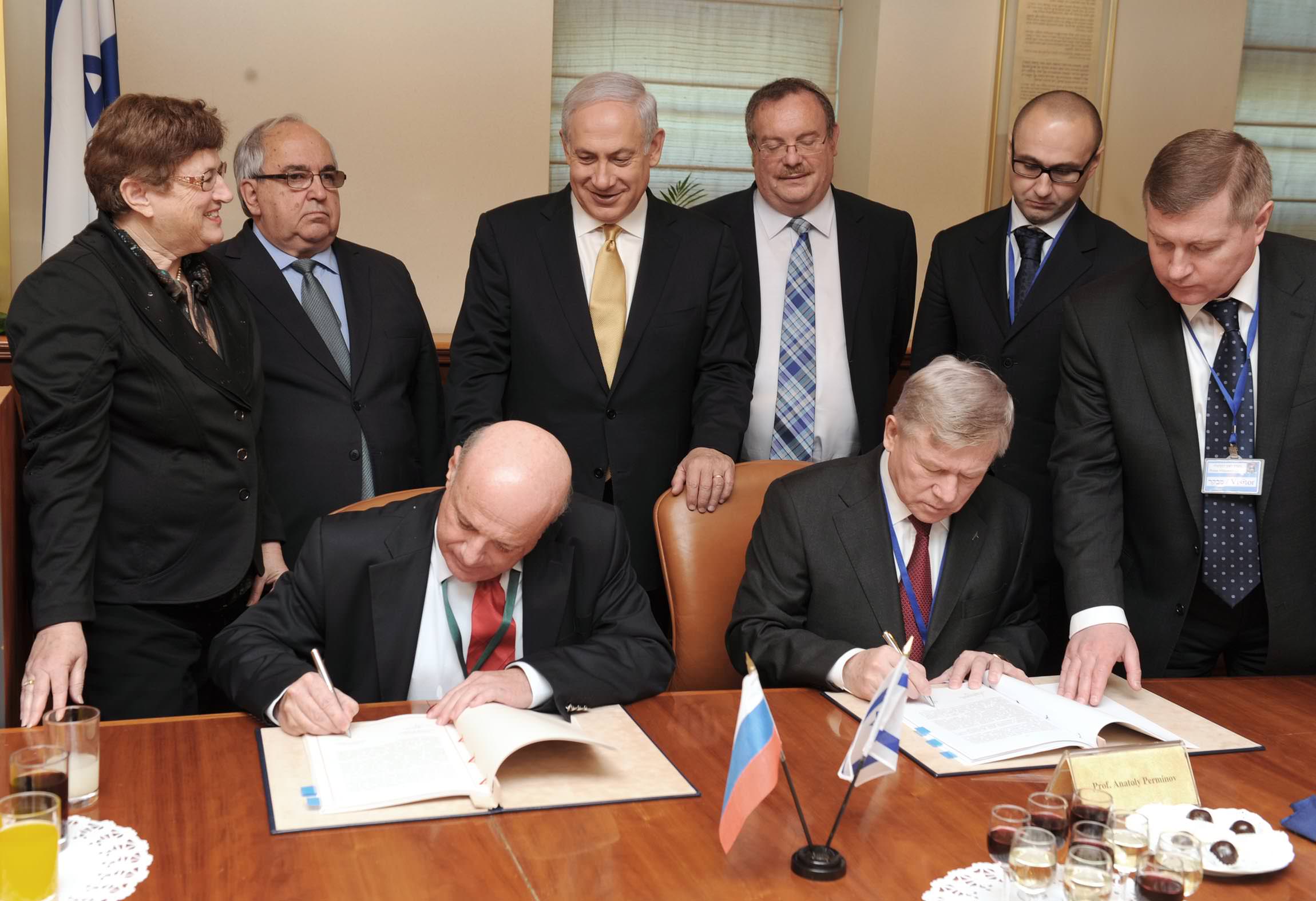[/caption]
50 Years ago on April 12,1961 the era of Human spaceflight opened with a roar to the heavens above with the thunderous blastoff of Cosmonaut Yuri Gagarin aboard the Vostok 1 capsule from the Baikonur Cosmodrome Site No.1 at 9:07 a.m. Moscow time. Gagarin, at the age of 27, dared to brave the perils of the unknown and became the first human being to be strapped atop a rocket, ascend to outer space and view what no one else had ever seen, the entire Earth as a sphere. A bold and courageous test flight in every dimension. And the effects of weightlessness had only been tested on dogs – not people.
Herein is a picture album of significant launch day events, including three collages of rare photos of Yuri Gagarin climbing up the launch tower and boarding the Vostok 1 spacecraft for the historic liftoff of the first manned spaceflight on April 12, 1961.
Sergei Korolev, “Chief Designer” of the Soviet Space program radioed, “LIFT OFF! We wish you a good flight. Everything is all right.”
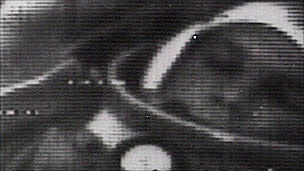
“I see Earth! It is so beautiful!” Gagarin said from orbit. “I see rivers. Visibility is good.”
Roscosmos, the Russian Federal Space Agency, put out a call for anyone interested in Yuri Gagarin and the birth of the human space exploration era to share their documents, photos and other information with the public – and the fabulous collages resulted from the response.
Do you have photos or memories of Gagarin ? Send them to Ken. Gagarin traveled widely as an ambassador of goodwill, bridging the dangerous ideological gulf between East and West during the height of the Cold War.
Gagarin’s flight lasted 108 minutes for a single orbit around the Earth. The mission was brought to a close with the de-orbit firing of the reentry rockets. Gagarin ejected from the capsule at 7 km altitude because the hard landing of the capsule was too dangerous for people. So he parachuted safely to the ground. April 12 has been celebrated as Cosmonautics Day in Russia every year since 1962. Vostok 1 was Gagarin’s only flight
Tragically, Gagarin’s life ended on March 27, 1968. He was flying a routine training mission in a MiG-15UTI fighter with flight instructor Vladimir Seryogin when the plane suddenly crashed near the town of Kirzhach. Gagarin was laid to rest in the wall of the Kremlin on Red Square.
In honor of this 50th anniversary of the dawn of Human spaceflight, a global network of over 444 Yuri’s Night parties are being staged worldwide on April 12, 2011 to celebrate one of the humankind’s greatest achievements – that’s double the number from 2010.
20 years after Gagarin’s flight, NASA’s first space shuttle blasted off on the STS-1 mission on April12, 1981.
You can join in the local Yuri’s Night festivities taking place in more than 70 countries from Afghanistan (visited by Gagarin in Dec. 1961) to Vietnam. Or join Ken in Princeton Junction, New Jersey for a free presentation about Gagarin’s flight and my behind the scenes look at the space shuttle and beyond.
Send Ken your “Yuri’s Night” event photos/report and any photos of Yuri Gagarin to publish at Universe Today. Email kremerken at yahoo dot com
Read Ken’s other stories about Yuri Gagarin and Yuri’s Night:
Countdown to Yuri’s Night and the 50th Anniversary of Human Spaceflight !
Stirring Video Tributes to Yuri Gagarin
Roscosmos website
Yuri’s Night Website
Yuri’s Night Party list
Yuri’s Night Party with Ken in Princeton Junction, NJ, USA
First Orbit Website
STS-1 NASA Mission Website
Ken Kremer
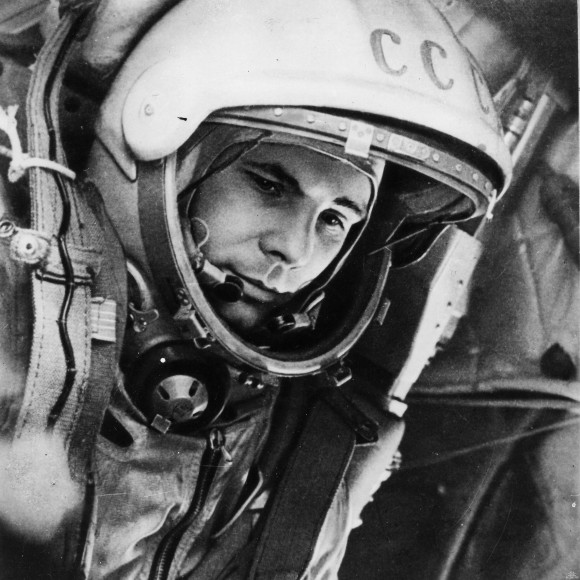
On 12 April 1961, Yuri Gagarin became the first human to travel into space, launched into orbit on the Vostok 3KA-3 spacecraft (Vostok 1). Credits: alldayru.com
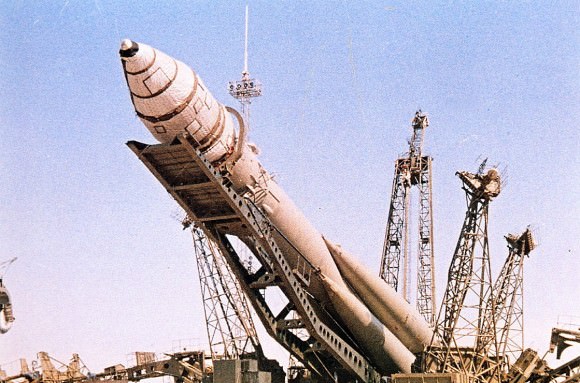
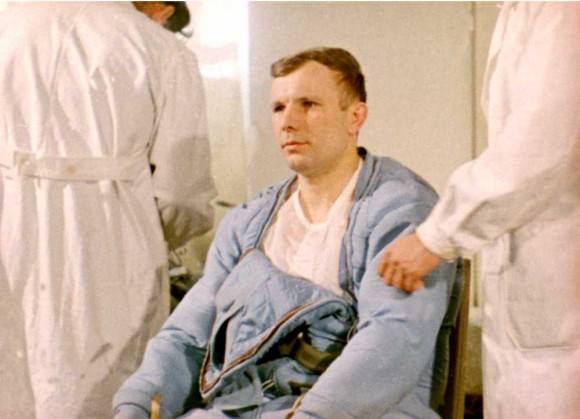
Yuri Gagarin seen dressing in a heating/cooling garment worn under his orange pressure suit. On 12 April 1961, Gagarin became the first human to travel into space, launched into orbit on the Vostok 3KA-3 spacecraft (Vostok 1). Credits: alldayru.com
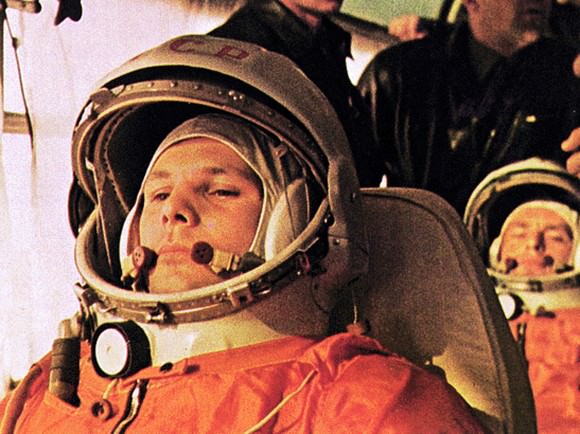
Yuri Gagarin on the bus on the way to the launch pad with cosmonaut German Titov behind him. Titov was the back-up pilot who later became pilot of Vostok 2. Credit: NASA
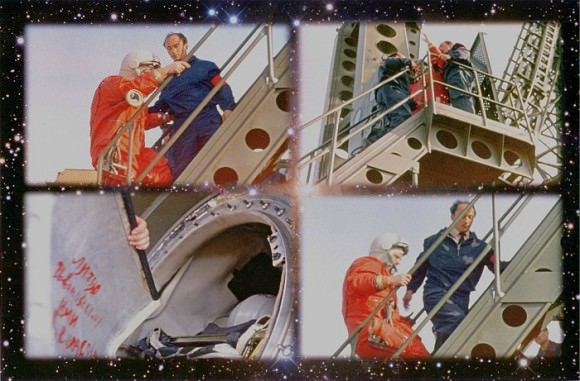
Collage of rare photos of Cosmonaut Yuri Gagarin boarding Vostok 1 spacecraft and historic launch of first manned spaceflight on April 12, 1961 from Baikonur Cosmodrome Site No.1 at 9:07 a.m. Moscow time (607 UTC), Soviet Union. Gagarin is greeted by Oleg Ivanvosky who now works in the museum of Lavochkin R&D. Credits: Oleg Ivanvosky/ Evgeny A. Sivukhin/Lavochkin R&D/Roscosmos
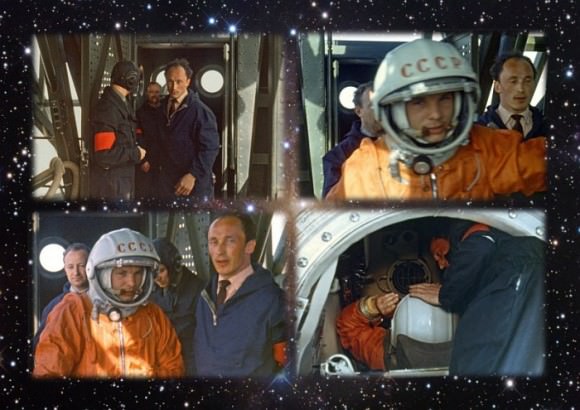
Collage of rare photos of Cosmonaut Yuri Gagarin boarding Vostok 1 spacecraft and historic launch of first manned spaceflight on April 12, 1961 from Baikonur Cosmodrome Site No.1 at 9:07 a.m. Moscow time (607 UTC), Soviet Union. Gagarin is greeted by Oleg Ivanvosky who now works in the museum of Lavochkin R&D. Credits: Oleg Ivanvosky/ Evgeny A. Sivukhin/Lavochkin R&D/Roscosmos
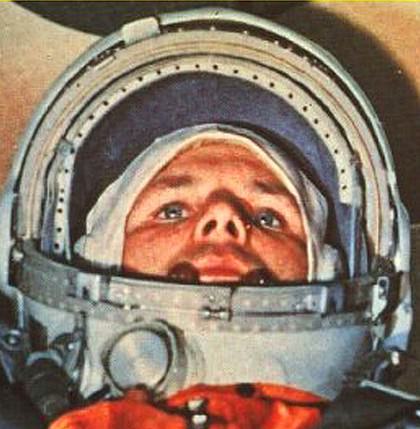
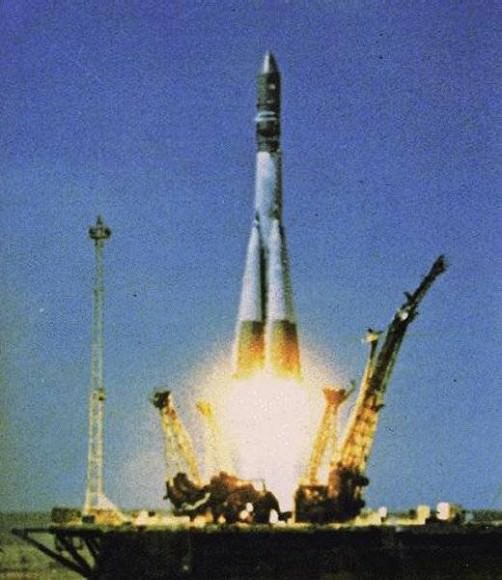
Cosmonaut Yuri Gagarin became the first human to journey into outer space by launching to orbit aboard Vostok 1.
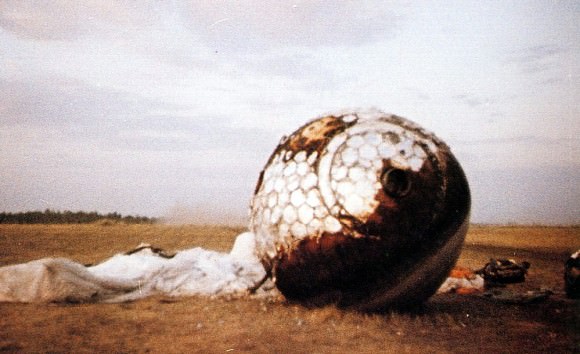
Here the reentry capsule of the Vostok 3KA-3 spacecraft (Vostok 1) is seen with charring and its parachute on the ground after landing south west of Engels, in the Saratov region of southern Russia. Gagarin ejected from the capsule at 7 km altitude and parachuted safely to the ground. Credits: alldayru.com
